
Major Mountain Ranges of the World, Highest Mountain Peaks
Subscribe to Never Miss an Important Update! Assured Discounts on New Products!
Must Join PMF IAS Telegram Channel & PMF IAS History Telegram Channel
Last updated on April 26, 2024 7:17 PM
Basics
Ridge
- Mountain ridges refer to mountains which originate as a result of local folding and faulting.
- Generally, the slope of one side of the ridge is steep in contrast to the moderate slope on the other side (in case of Himalayas, the southern slope is steeper compared to the northern slope).
- In some cases, a ridge may have a symmetrical slope on both sides.
Mountain range
- It refers to a series of ridges which originated in the same age and underwent the same processes.
- The most prominent or characteristic feature of mountain ranges is their long and narrow extension.
- Example: the Himalayas is a mountain range with Himadri ridge, Himachal ridge and Shiwalik ridge.
Mountain System
- A group of mountain ranges formed in a single period, similar in their form, structure and extension, is termed a mountain system.
- Examples are the Basin Range of Nevada (USA), the Rocky mountain system of North America and the Appalachian.
Mountain Chain
- It consists of mountain ranges which differ in size and period of formation.
Cordillera
- Cordillera is a community of mountains which includes ridges, ranges, mountain chains and mountain systems.
- The best example is the Western Cordillera in the western part of North America.
Longest Mountain Ranges
- The Andes – 7,000 km
- The Rockies – 4,830 km
- The Great Dividing Range – 3,500 km
- The Transantarctic Mountains – 3,500 km
- The Ural Mountains – 2,500 km
- The Atlas Mountains – 2,500 km
- The Appalachian Mountains – 2,414 km
- The Himalayas – 2,400 km
- The Altai Mountains – 2,000 km (1,243 mi)
- The Western Ghats – 1,600 km
- The Alps – 1,200 km
- Drakensberg – 1,125 km
- The Aravalli Range – 800 km
The Andes
- The Andes is the longest continental mountain range in the world.
- The Andes is the world’s highest mountain range outside of Asia with an average height of 4000 m.
- The highest peak is Mount Aconcagua (6,962 m) (volcanic origin, but now it’s dormant).
- World’s highest volcanoes are in the Andes.
- Ojos del Salado (6,893 m) (active volcano) on the Chile-Argentina border is the highest volcano on earth.
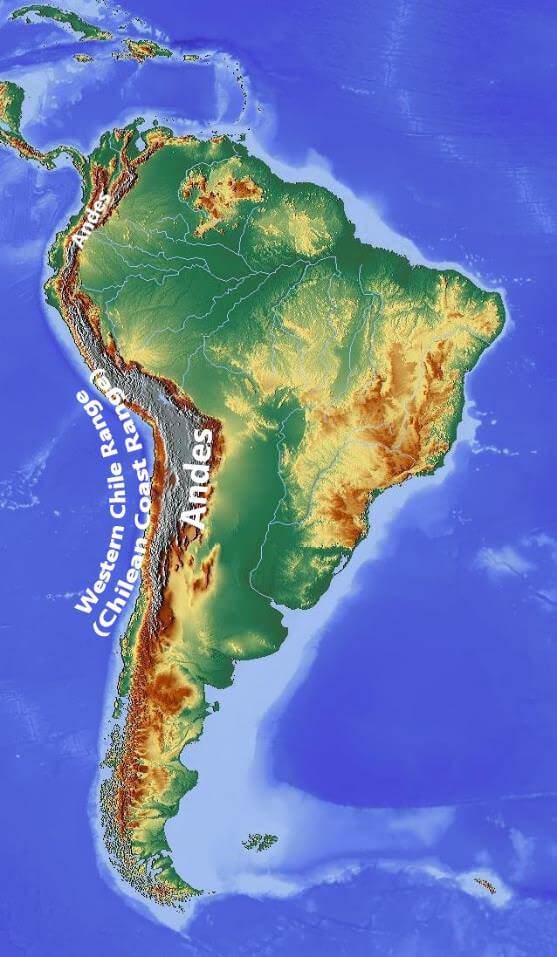
The Rockies
- Rocky Mountain range forms a part of the American Cordillera
American Cordillera
- The American Cordillera is a chain of mountain ranges (cordilleras) that consists of an almost continuous sequence of mountain ranges that form the western backbone of the Americas and Antarctica.
- It is also the backbone of the volcanic arc that forms the eastern half of the Pacific Ring of Fire.
North Cordillera
- The ranges of the Cordillera from Mexico northwards are collectively called the North American Cordillera.
- They include the Alaska Range and the Brooks Range in Alaska, main belt of the Rocky Mountains along with the parallel Columbia Mountains, the Sierra Nevada, the Cascades, and various small Pacific coastal ranges.
- In Mexico, the Cordillera continues through the Sierra Madre Occidental and the Sierra Madre Oriental.
South Cordillera
- The Cordillera continues through the mountain ranges of Central America in Guatemala, Honduras, Nicaragua, Costa Rica, and Panama, and becomes the Andes Mountains of South America.
- The Andes with their parallel chains continue to the very tip of South America at Tierra del Fuego.
- The Cordillera continues along the Scotia Arc before reaching the mountains of the Antarctic Peninsula.
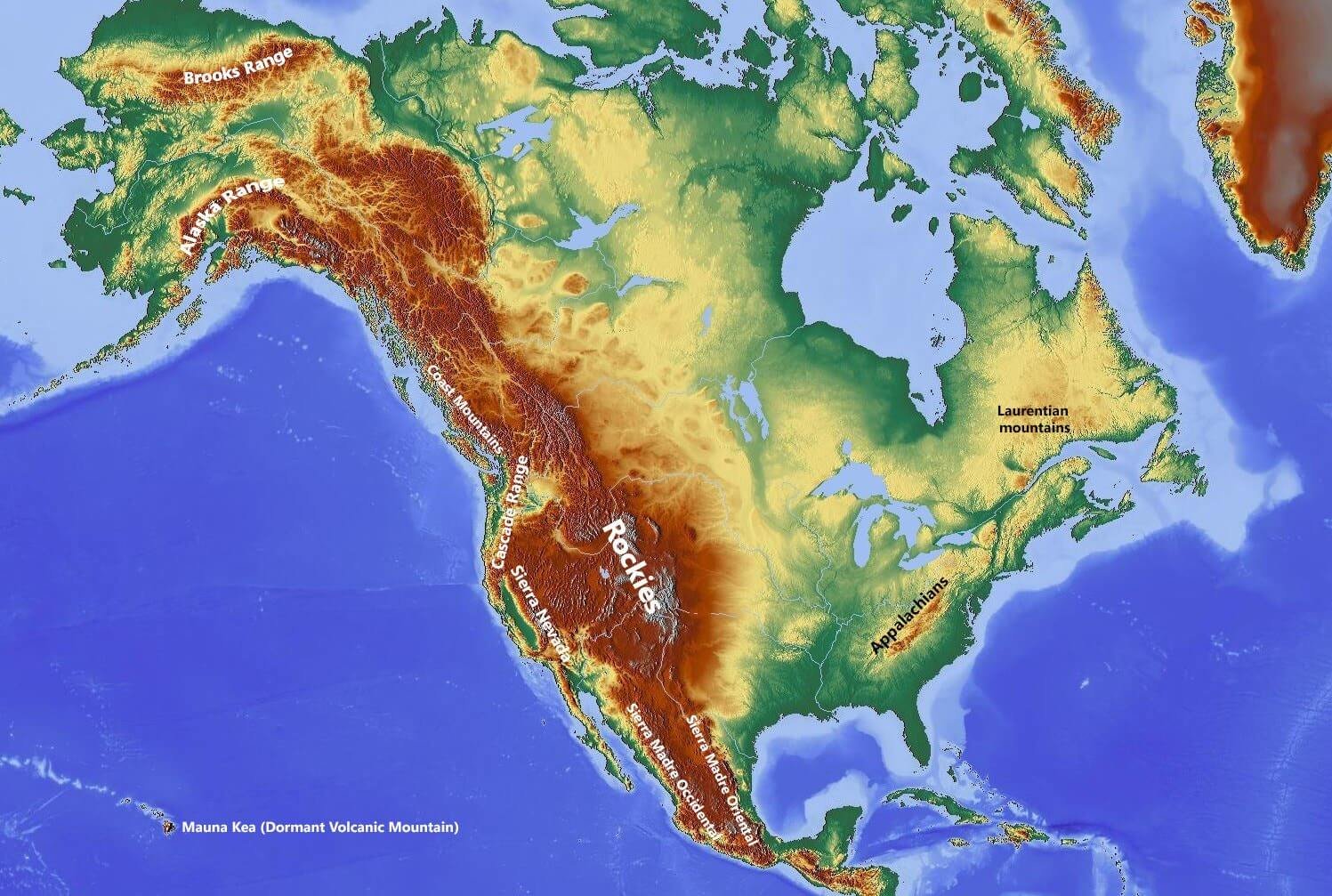
Cascade Range
- The Cascade Range or the Cascades is a major mountain range of western North America.
- The Cascades (Cascade volcanoes) are part of the Pacific Ocean’s Ring of Fire.
- They are made up of a band of thousands of very small, short-lived volcanoes.
- The Cascade Range has few strikingly large volcanoes, like Mount St. Helens.
- The volcanoes and earthquakes in the Cascades arise from a common source: subduction, where the dense Juan de Fuca oceanic plate plunges beneath the North American Plate.
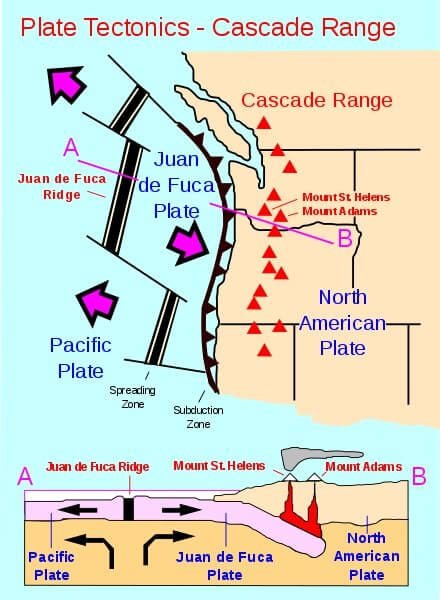
Cascade Volcanism (Wikipedia Commons)
The Great Dividing Range
- The Great Dividing Range, or the Eastern Highlands, is Australia’s most substantial mountain.
- It is also known as the Australian Alps and was formed due to rifting.
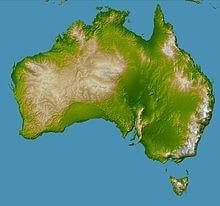
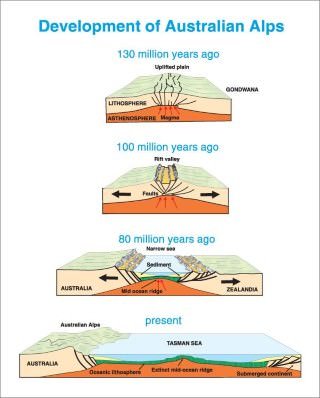
Transantarctic Mountains
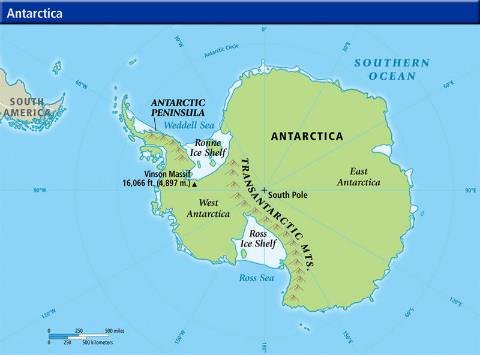
Transantarctic Mountains (krill oil [CC0], via Wikimedia Commons)
The Ural Mountains
- Mountain range that runs approximately from north to south through western Russia, from the coast of the Arctic Ocean to the Ural River and northwestern Kazakhstan.
- They are formed due to Continent-Continent collision of supercontinent Laurussia with the young and weak continent of Kazakhstania.
- Their eastern side is usually considered the natural boundary between Europe and Asia.
- Since the 18th century, the mountains have been a major mineral base of Russia.
Atlas Mountains
- Mountain range across the north-western stretch of Africa extending about 2,500 km (1,600 mi) through Algeria, Morocco and Tunisia.
- The highest peak is Toubkal (4,165 metres) in southwestern Morocco.
- These mountains were formed when Africa and Europe collided.
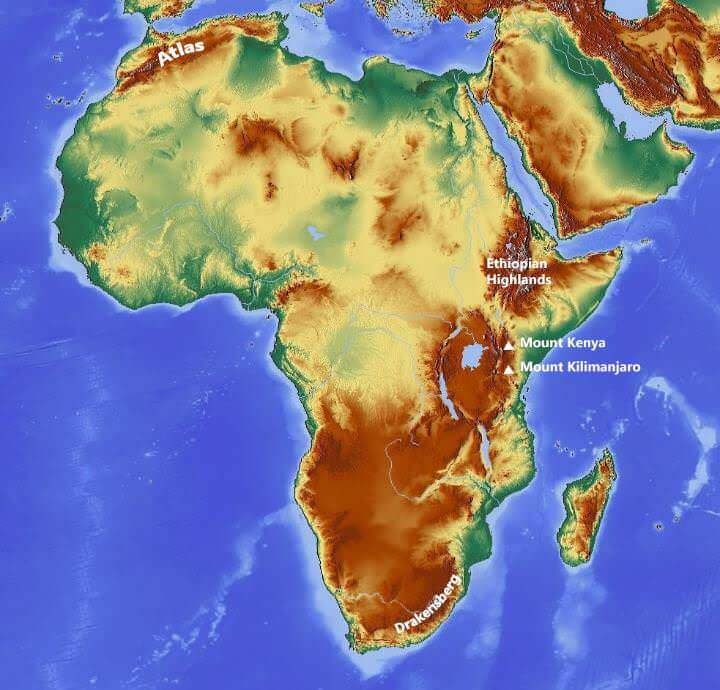
The Himalayas
- The Himalayan range is home to the planet’s highest peaks, including the highest, Mount Everest.
- Its western anchor, Nanga Parbat, lies just south of the northernmost bend of Indus river, its eastern anchor, Namcha Barwa, just west of the great bend of the Brahmaputra river (Tsangpo river).
- The range varies in width from 400 kilometres in the west to 150 kilometres in the east.
Geology
- The Himalaya are among the youngest mountain ranges on the planet and consist mostly of uplifted sedimentary and metamorphic rock.
- According to the modern theory of plate tectonics, their formation is a result of a continental collision or orogeny along the convergent boundary between the Indo-Australian Plate and the Eurasian Plate.
- The Arakan Yoma highlands in Myanmar and the Andaman and Nicobar Islands in the Bay of Bengal were also formed as a result of this collision.
Impact on climate
- The Himalayas are believed to play an important part in the formation of Central Asian deserts, such as the Taklamakan and Gobi.
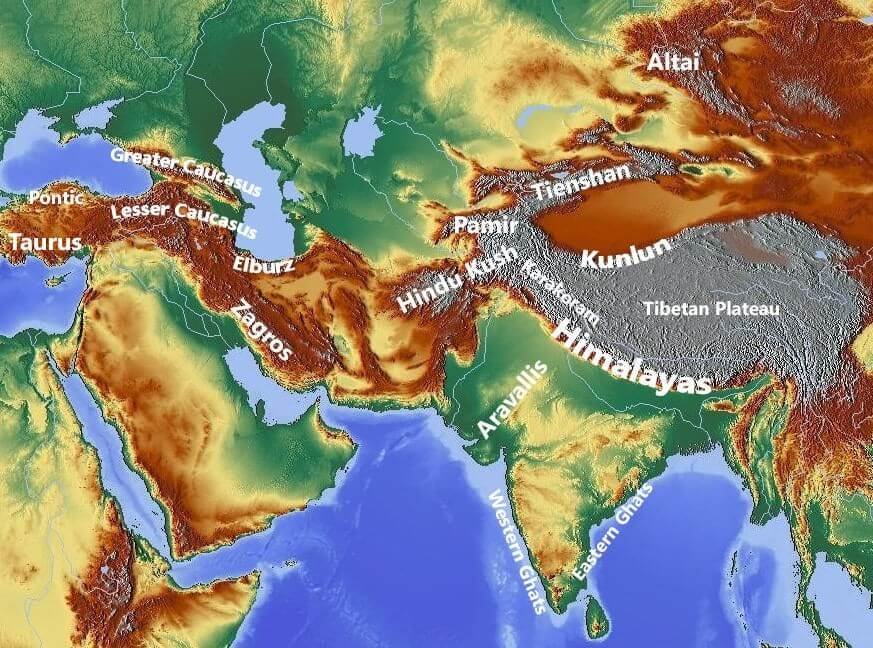
The Alps
- The mountains were formed as the African and Eurasian tectonic plates collided.
- Extreme folding caused by the event resulted in marine sedimentary rocks rising by thrusting and folding into high mountain peaks such as Mont Blanc (4,810 m) (French–Italian border).
- The Alpine region area contains about a hundred peaks higher than 4,000 m, known as the four-thousanders.
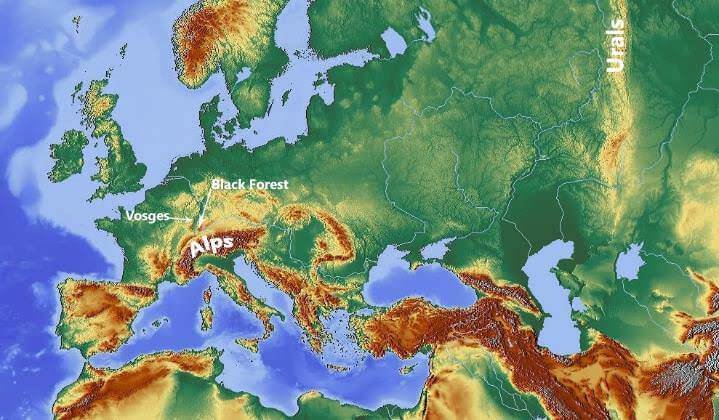
Highest mountain peaks
The highest known mountain on any planet in the Solar System is Olympus Mons on Mars (~26 km in elevation). It is also the highest active volcano in the Solar System.
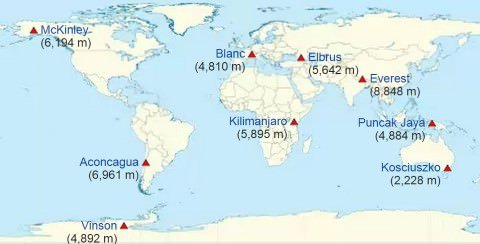
Highest Mountain of each continents (The other name of Mount McKinley is Mount Denali.)
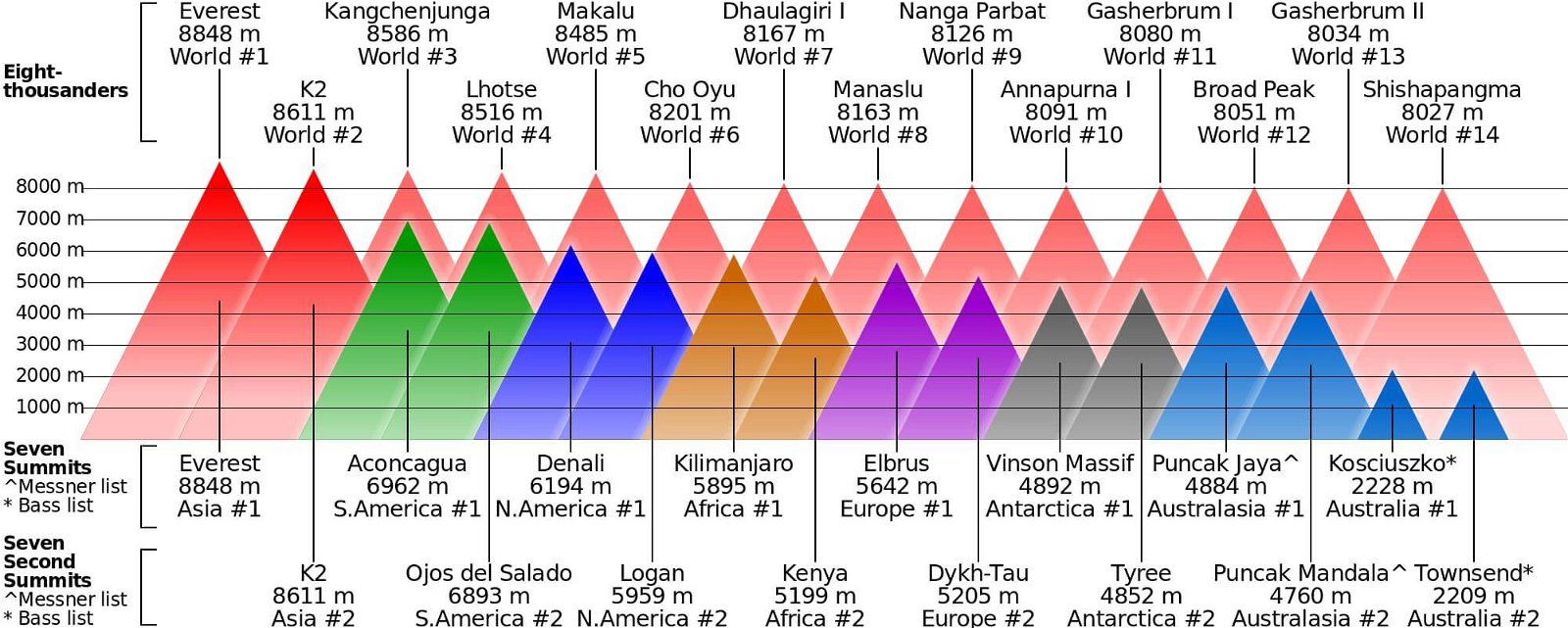
Highest Mountains on Earth
Last updated on April 26, 2024 7:17 PM

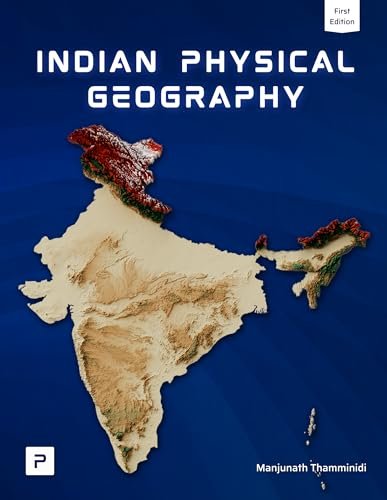
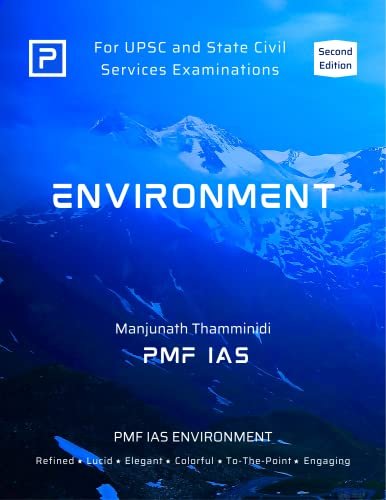
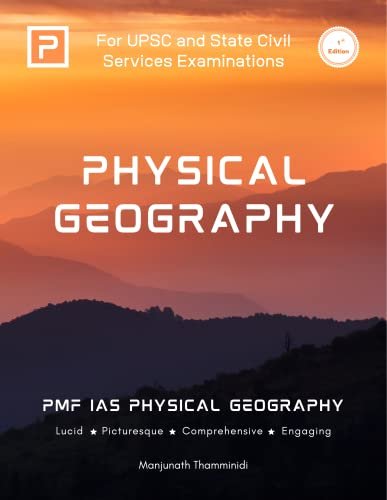
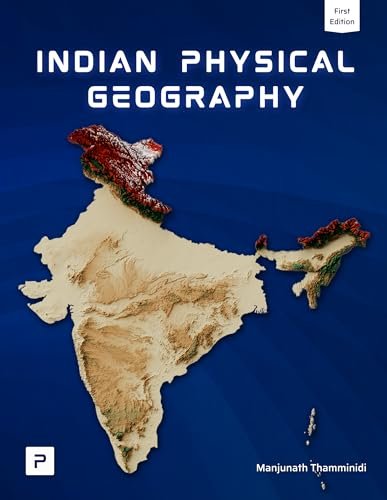
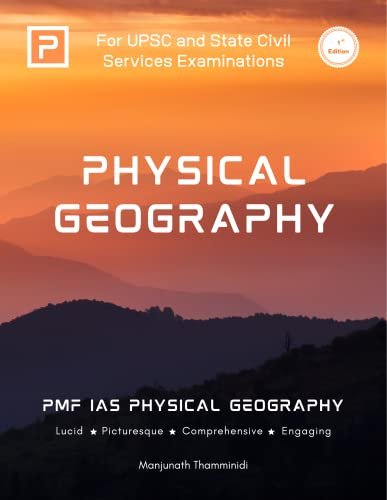

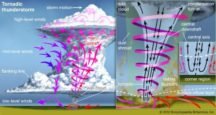
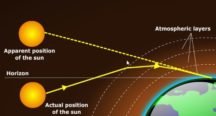
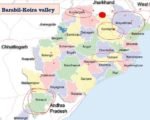

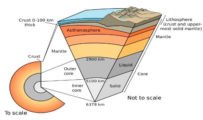
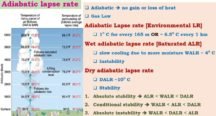





good content thank you so much
Really good info thank you. One thin on the highest peak map you missed changing McKinely to Denali.
I hate you I hope U fall and Cry and Sad